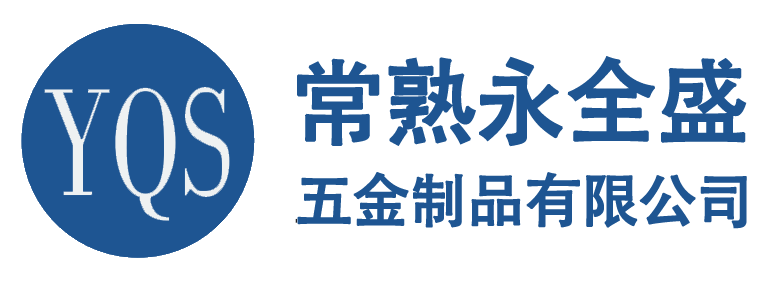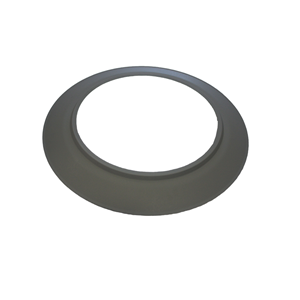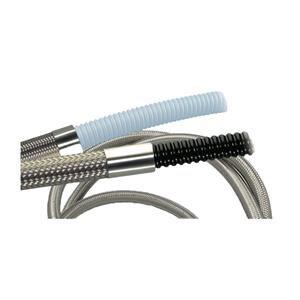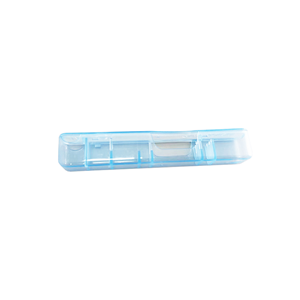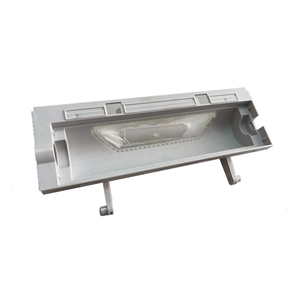Structural Design and Material Science Analysis of Beam Spacer
As the core component of the tire bead system, the bead spacer plays a crucial role in sealing, mechanical load-bearing, and stress transition. The structural design and material selection directly affect the durability, safety, and performance of the tire. This article will conduct in-depth analysis from three aspects: structural design principles, material science applications, and key points of process technology.

1、 Structural Design: Dual Mission of Rigid Support and Sealing Optimization
Wedge shaped sealing structure
The tire pad has a wedge-shaped cross-section and forms a strip-shaped sealing area with a width of less than 5mm on the contact surface with the wheel rim (Baidu Baike, 2007). This design generates radial pressure through elastic deformation after inflation, creating an interference fit between the partition and the wheel rim to ensure airtightness (leakage rate<0.5kPa/24h).
Hollow weight reduction design
To balance rigidity and lightweight requirements, modern partitions often adopt hollow structures, with side plate thicknesses typically ranging from 3-6mm, and magnetic media installation positions formed internally through welded nuts (Baidu Baike, 2018). Hollow design can reduce weight by 30% while maintaining a tensile strength of ≥ 515MPa (304 stainless steel standard).
Dynamic stress transition design
The composite structure consists of a partition, a bead wire ring, and a triangular rubber strip. The dynamic load is dispersed through multiple layers of fabric (such as 930dtex/2 nylon 6 impregnated fabric) to avoid delamination or fracture caused by stress concentration in the bead area (Baidu Baike, 2023).
2、 Materials Science: Synergistic Effects of High Performance Alloys and Coatings
Austenitic stainless steel body (304 stainless steel)
Mechanical properties: Yield strength ≥ 205MPa, elongation ≥ 40%, with both high toughness and corrosion resistance.
Process advantages: Suitable for argon arc welding (ERNiCr-3 welding wire), with a 25% increase in weld strength compared to traditional welding (Baidu Baike, 2018).
Functional surface coating
Wear resistant coating: WC-10Co4Cr coating can improve the wear resistance of mining tire plates by three times, suitable for engineering machinery working conditions.
Self lubricating coating: reduces friction loss with the wheel rim by 15% and extends service life (patent CN205202582U).
Environmental Protection and Lightweight Trends
Honeycomb structured composite materials (such as carbon fiber resin systems) are currently being tested and can further reduce weight by 40%, but the cost is relatively high and is currently limited to high-end models (Pacific Automotive, 2025).
3、 Manufacturing process: precision control and welding technology
Dividing drilling positioning technology
Adopting a five axis machining center to ensure assembly accuracy (± 0.05mm flatness), laser detection is calibrated in real-time to avoid sealing failure caused by tolerances.
Key parameters of argon arc welding
Welding wire diameter 1.2mm, current 90-110A, argon flow rate 8-10L/min (anti-oxidation).
After welding, X-ray inspection (ISO 5817 Class B standard) is required to ensure that the weld seam has no porosity or incomplete fusion defects.
Failure prevention measures
Sulfide stress corrosion: Improving the corrosion resistance of welds through solution treatment.
Assembly offset: Optimize the material of positioning pins (such as carburizing steel) to reduce wear.
4、 Future development direction
4D printing adaptive partition: automatically adjusts the shape according to temperature/pressure changes, improving sealing adaptability.
Graphene reinforcement material: It is expected that the cost will decrease by 50% by 2030, which can simultaneously improve strength and thermal conductivity.
Conclusion
The design of Tire Plate is a deep integration of materials science, structural mechanics, and manufacturing processes. With the development of lightweight and intelligent trends, its technological iteration will continue to push the boundaries of tire performance. The industry needs to further explore the industrialization path of low-cost high-performance materials to meet the needs of emerging markets such as new energy vehicles.
